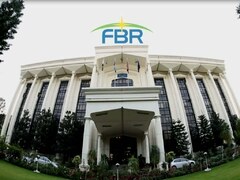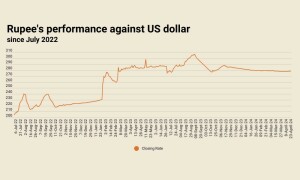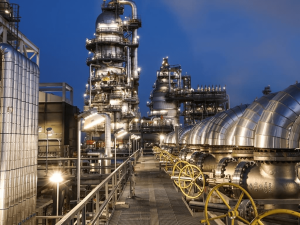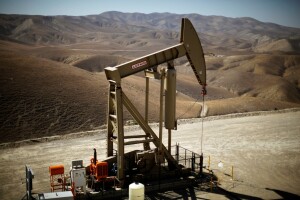Invariably, it all comes down to demand. Cement manufacturers have been raising prices more frequently lately as cost pressures become agonizing but they have been able to do that because domestic demand—while not as rambunctious as last year—is still on an upward trajectory. At least domestic demand is. In 4MFY22, cement dispatches overall dropped 6 percent as exports declined 40 percent and domestic demand grew, albeit at a snail rate of 1 percent. But how long can they keep raising prices until that starts to affect demand? —not too long.
It was in fact because of strong pricing power coming back in their control that the industry was able to achieve a healthy growth in earnings of nearly 133 percent in Q1 (read: “Cement: Camouflaging risks”, Nov 3, 2021) where sector margins landed at 25 percent in 1QFY22 (versus 19% during the previous year period). Quick decision-making on diverting coal sources from South Africa to domestic/Afghan coal also contributed to this clear win. Coal prices have been growing unabated over the past few months owing to a catapulting demand in Asia led by China’s energy thirst. This has led to not only price hikes (upwards of 200%) but also shortages in smaller markets. The shift in coal source seems to have staved off the industry from getting truly burnt by global coal but this has been very evidently a temporary fix as Afghan coal is not reliable in terms of supply and domestic coal is not the appropriate quality.

The cost pressures become even greater a challenge considering if demand does not expand as expected, cement millers will have to contend with keeping prices stationary. Ultimately, that will stop earnings surge short in their track. The current growth in domestic dispatches is certainly showing signs of lethargy—average 4M monthly sales in the domestic market is about 4.9 million tons, same as last year. This brings us to exports. Covid-19 has wreaked quite the havoc on global supply chains, exposing the current system’s vulnerabilities to the world and causing prices of everything—from commodities to shipping and transportation—to increase multi-fold. The Baltic Exchange Dry Index has seen a growth of 4-5x over the past year. When freight costs are too high, exports become uncompetitive and unviable. Last year in 4M, exports share was about 18 percent—this has dropped to 12 percent during the current year. The likely scenario is that this sales mix will persist over the length of this year as container prices come down.
Though cement industry has always faced these cost challenges given dependence on imported coal and related vulnerability to the exchange rate, the magnitude of current supply side snags is certainly unfamiliar territory. A territory the industry has thus far crossed with aplomb (refer to Q1 financials). It is perhaps this confidence—or preparedness—that the industry is already venturing into its next cycle of expansions. By 2025, in fact, cement companies together intend to increase capacity to nearly 100 million tons, from their current 70 million tons of production capacity. The first of these expansions are all set to come by FY23—by which time covid-19 aftershocks will likely have been put to bed. However, all roads (and hopes) do lead to domestic demand. In FY21, industry sales stood at 57 million tons, of which 16 percent were exports. Let’s assume, exports share and capacity utilization (81%) remain at that level, over the next four years, will the market be able to absorb 24-25 million tons of additional cement? That’s an average annualized growth of 11 percent, which is not unrealistic but higher than the industry historic CAGR of ~6 percent and average annual growth of 8 percent. More on this next time.























Comments
Comments are closed.